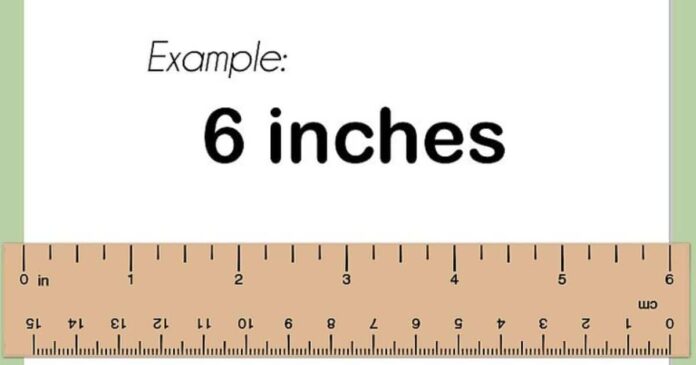Different units are used in different parts of the world to measure lengths and distances. A frequent unit of measurement, particularly in scientific and engineering applications, is the millimeter (mm). But this page will provide a thorough conversion method if you’re more used to the imperial system or just want to know how many inches are in 36 millimeters. We will discuss what is 36mm in inches:
Understanding inches and millimeters
The two different units of measurement used to describe lengths or distances are millimeters and inches. Here is a quick synopsis of each:
A millimeter (mm) is one.
- A metric length unit is the millimeter.
- A millimeter is a very small unit of measurement since it is one-thousandth (1/1000) of a meter.
- Millimeters are frequently employed in technical sectors, including science, engineering, and others, where accurate measurements are crucial.
- The letter “mm” stands for millimeter.
The inch (in)
- The inch is a standard imperial and US measurement of length.
- One inch is equivalent to 2.54 cm, or 1/12 of a foot.
- The United States and some other nations that have not embraced the metric system frequently utilize inches.
- The double prime symbol (“) or the letter “in” is frequently used to represent one inch.
The 36mm to inch conversion
You may use the following straightforward conversion factor to change 36 millimeters into inches: Approximately 25.4 millimeters make up 1 inch. Making the conversion:
36 mm x 25.4 mm/inch equals (roughly) 1.417 inches
Therefore, 36mm is roughly equivalent to 1.417 inches.
It’s crucial to remember that this conversion is a rough estimate because the exact number to convert between millimeters and inches is 25.4. 36mm is equal to 1.417 inches, rounded to three decimal places.
Why Would You Need a 36mm to Inch Conversion?
You may need to convert millimeters to inches in one of the following situations:
Global Trade and Manufacturing:
While product dimensions are frequently provided in millimeters in international trade and manufacturing, customers or companies in nations that use inches may need conversions to make correct judgments.
Home improvement:
Metric and imperial measurements may be offered while working on DIY projects or home improvement. Accurate measurements are ensured by knowing how to convert between them.
Engineering and architecture:
Engineers, architects, and construction workers frequently work with blueprints and specifications that contain both metric and imperial units. To ensure compatibility and conformance with regional requirements, conversions are required.
Technology and Design:
Accurate designs and prototypes require understanding unit conversion in disciplines like graphic design and 3D modeling.
Hobbies:
You may need to convert units for your projects if your hobbies involve measurements, such as woodworking, model-making, or sewing.
Let’s think about a few real-world scenarios to assist in putting this conversion into perspective:
- If you have a tiny thing that is 36 mm long, it is equivalent to 1.417 inches in length. When comparing the size of an object to something you are more accustomed to measuring in inches, this can be helpful.
- Understanding the conversion from millimeters to inches is essential for construction or home improvement projects when working with materials that employ both measuring systems. For instance, a 36mm screw measures around 1.417 inches in length.
- Understanding how to convert between millimeters and inches is crucial for scientific research when collaborating with foreign partners or citing sources employing different measurement units.
Frequently Asked Questions
Q. How can I translate inches into millimeters?
You can use a conversion factor of 25.4 millimeters per inch to convert measurements from millimeters to inches. To convert the number of millimeters to inches, just divide it by 25.4.
Q. Why is the conversion between millimeters and inches necessary?
When working with measures in two separate systems (metric and imperial), conversion between millimeters and inches is required. In a variety of industries, including engineering, building, manufacturing, and more, it guarantees precise and consistent dimensions.
Q. Which unit is more popular, millimeters or inches?
Millimeters are often used in all countries, especially those adopting the metric system. However, the United States and certain other nations that use the imperial system still frequently use inches.
Q. Can I perform rapid conversions using an online converter?
Yes, many apps and online conversion tools can rapidly and accurately convert between millimeters and inches.
After Words:
Knowing how to convert between millimeters and inches is a useful skill, especially in today’s globally interconnected world. Despite the widespread usage of the metric system, which includes millimeters, some applications still use where “inches” can be the chosen unitof measurement. You can quickly swap back and forth between the two measurements systems thanks to the roughly 25.4 millimeters per inch conversion factor.
It is about similar to 1.417 inches in the case of 36mm. This conversion can come in handy when you need to make sense of measurements from other systems. We have solved this article’s query: “What is 36mm in inches?”


